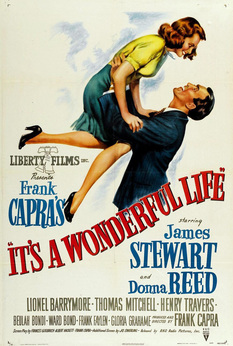|
“Unfortunately no one can be told what the matrix is. You have to see it for yourself.” Laurence Fishburne’s Morpheus tells Keanu Reeves’ Neo in the 1999 film by Lana and Lilly Wachowski. I am reminded of this line every time I stand up in front of a class of students or conduct a workshop or masterclass. So many faces looking back at me as I explain the inciting incident or the turner points or the fourth act climax; so many faces eager to learn, to find the answer – but not quite getting it. Faces that mirror exactly my face as I sat through Robert McKee’s Story Seminar or John Truby’s Screenwriting Masterclass. What they say makes perfect sense in principal – of course something must happen to get the story going, of course your main character will be faced with choices, of course it’s all leading to a climax – of course it is, otherwise it wouldn’t be a story. But what do any of these beats in a story actually look like? For me the moment of revelation came when I sat down to watch Frank Capra’s 1946 film ‘It’s a Wonderful Life’. I’d heard of it, of course, as the story of a man who gets to see what life would be like if he’d never been born, but, as with so many of the classics - films and books alike - it takes a while to find the time to watch them. ‘It’s a Wonderful Life’ is full of many perfect moments but the moment in the story that branded itself onto my brain is the mid-point. How many times had I read about the mid-point in script writing books? How many times had I heard it mentioned in masterclasses? How many times had I looked out for it but not seen it? And then suddenly there it was in front of me, perfectly realised.
To understand the mid-point of ‘It’s a Wonderful Life’ you first have to realise that ‘It’s a Wonderful Life’ is not the story of a man who gets to see what life would have been like if he’d never been born – that is the story of the final act. Instead it is the story of a good man who spends his entire life trying to escape from the only place in the world where he truly belongs: his home. One of the first things we learn about George Bailey when we meet him as a young boy is that he has ambitions of being an explorer: he has subscribed to National Geographic and he’s leaving Bedford Falls just as soon as he possibly can. That is his conscious desire and it is reiterated again and again: when he is a young man, now played by James Stewart, he’s off to college – but then his father dies and he has to take over the Bailey’s Buildings and Loan; when his younger brother returns after going to college, George is hoping to get a job that would allow him to travel - but his brother has gotten married and his father-in-law has offered him a job. Every time George Bailey thinks he’s about to get away from Bedford Falls something stops him. This constant anticipation and disappointment brings us to the mid-point and to Mary played by Donna Reed. Mary and George have had a thing for each other ever since they were children but nothing has ever come of it…until now. Still mulling over the fact that his ambition to leave Bedford Falls has been thwarted once again, George takes his mother’s advice that he should go say hi to Mary who has recently returned. The meeting is awkward: she tries to recreate the joy they had felt the last time they’d seen each other but he is distant and taciturn. He leaves in a sombre mood and she smashes a record she’d hoped would remind him of the happy times they’d had together. Then the phone rings: it’s an old school friend. And George returns having forgotten his hat. The old friend has a business proposition for both of them and the only way they can hear him is by sharing the phone. And that’s when it happens: the mid-point. Trapped on the phone, imprisoned in 4:3 aspect ratio of a 1946 film, the two forces that define George Bailey collide and you see it etched in every muscle on his face - because George Bailey wants to leave Bedford Falls but George Bailey needs to stay. We see the emotional agony of this collision in every fibre of James Stewart’s performance. And that’s when I realised what the mid-point in a character driven story looks like: it looks like the expression on George Bailey’s face as he struggles to choose between the woman he loves and the dream he has had since he was a child. Of course, I can tell you what story beats are until I'm blue in the face. But only you can see them for yourself.
1 Comment
|
ScriptPlayerWriter, reader, pontificator. Archives
May 2023
Categories |

 RSS Feed
RSS Feed